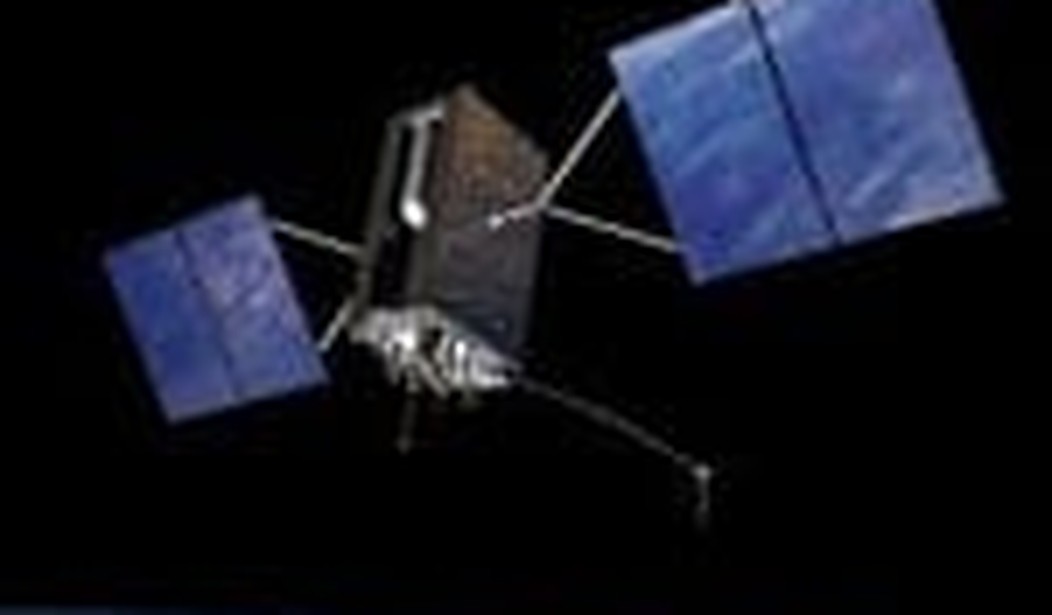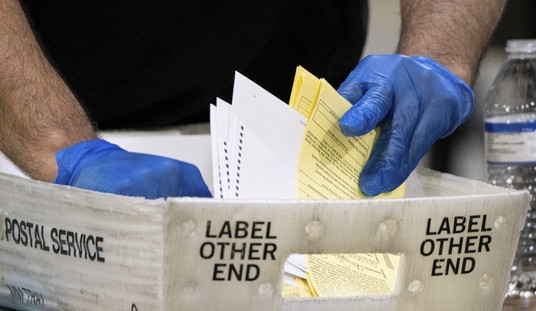Faculty and students at the University of Texas at Austin have proven that a sophisticated surveillance drone can be hacked mid-flight via its GPS. The same could be done with virtually any type of drone, or even with a commercial airliner.
Drones, or UAVs (unmanned aerial vehicles), are used both domestically — particularly along our southern border — and by the military and the CIA abroad, especially in Afghanistan, Pakistan, and elsewhere. Last week, a small team of faculty and students was able to take control of a Department of Homeland Security drone by “spoofing” its GPS. They did what the Iranians appear to have done last December when they gained control over a U.S. Air Force RQ-170 stealth UAV and landed it in Kashmar, Iran. The Iranians then put the RQ-170 aircraft, with a damaged underside and repaired wing, on display. It seems that the Iranian pilot/operators were less than familiar with the airplane’s flight envelope and landing procedures than the UTA group, but still they managed to take control of it and to get it down on the ground relatively intact.
On May 9, a Russian Sukhoi Superjet 100 slammed into Mount Salak in Indonesia, killing all 45 people on board. The plane, a demonstration version of the Superjet series, was on a promotion tour, carrying journalists and VIPs for a planned 30-minute flight. Alexander Yablonstev, an experienced pilot, was said to be familiar with local terrain. According to Travel Daily News, the air traffic control tower (ATC) did not realize that the plane was missing until at least 20 minutes after the crash. Recordings show that a flight request made by pilot Yablonstev was neither acknowledged nor answered by the ATC.
While the Indonesian and Russian governments have drawn no official conclusions, Russian media is promoting the idea that the Superjet 100 was brought down by “electronic jamming” by Americans at the Indonesian airport. It is, they opine, a case of Western “industrial espionage.” Komsolskaya Pravda, once the voice of the Communist youth movement and now Russia’s top tabloid, quoted an unnamed general of the GRU (Russian military intelligence) on the subject and reinforced the “theory” with comments from Sukhoi officials.
Realistically, it is hard to argue that the Superjet posed a competitive threat to the United States. There is only one American commercial aircraft manufacturer, Boeing, and it helped Sukhoi with the Superjet design. More likely, Sukhoi feared its first venture in commercial aviation would collapse if a flaw in the aircraft caused the crash.
But could the plane’s instruments have been jammed? The Superjet has a modern glass cockpit in which instruments are displayed on computer screens rather than the old-fashioned “steam” gauges. These systems depend in part on guidance and control systems, including GPS. Much to the consternation of the FAA — as well to the FBI and other intelligence agencies — commercial aircraft GPS guidance systems have been affected by electronic “events,” including jamming.
Closer to home, an FAA report released in 2011 covered the topic of “GPS Privacy Jammers and RFI at Newark,” regarding jamming of the GBAS system at the Newark International Airport. GBAS improves the accuracy of GPS, and according to the report:
[GBAS] focuses its service on the airport area (approximately a 20-30 mile radius) for precision approach, departure procedures, and terminal area operations. It broadcasts its correction message via a very high frequency (VHF) radio data link from a ground-based transmitter.
According to the FAA, the GBAS operation was interfered with by so called “personal jammers” used by truckers, taxis, and others to block attempts to track their vehicles. The intrusions at Newark, according to U.S. officials, were caused when a particularly “unruly jammer” in a truck was able to knock out the GBAS.
In the future, GBAS will be widely used at airports and will be the primary system.
Most so-called personal jammers are simple devices that plug into the cigarette lighter of a car or truck and jam any GPS inside the vehicle, making it impossible for others to track it. Most of the jammers sold warn the buyer that the GPS jammer won’t be effective against externally mounted GPS antennas. Most of these personal jammers, if not all, come from China and are cheap ($20 to $100). It would have taken a significantly bad jammer to be able to take out the GBAS units located along the Newark airport runways that border I-95.
There are plusses and minuses in putting out information like the FAA report on Newark. On the one hand, it identifies a problem and leads to work to find a remedy. On the other hand, it publicizes a major security issue to those who would wish to exploit it.
Commercial flight management systems are increasingly using GPS, with more innovations coming on-line all the time. Automatic Dependent Surveillance-Broadcast (ADS-B) is a new surveillance system that is planned to replace the current system of radars used to manage air traffic. Aircrafts will be equipped with ADS-B transponders, and will depend on GPS signals to show where they are. As with the GBAS, a security question mark hangs over ADS-B.
It is unclear whether the Sukhoi’s GPS was “spoofed” or hijacked or whether the crash was just an accident. (Spoofing means the GPS gets false information and reflects it on the GPS display making the pilot think he is in one place when he is in another.)
Perhaps a trucker with a badly behaving personal jammer caused the Newark Airport interference. GBAS was certainly interfered with and stopped functioning, but luckily it was still being tested and the old backup systems were operating. Also, that it was a badly behaving personal jammer which took out the system may not be the whole story.
The UTA group demonstrated what people who are not adversaries can do out in the open, and the experience with Iran demonstrated the potential for serious interference with American military capabilities. Until we know differently, America’s fleet of airplanes and UAVs have to be considered vulnerable to GPS tampering.









Join the conversation as a VIP Member